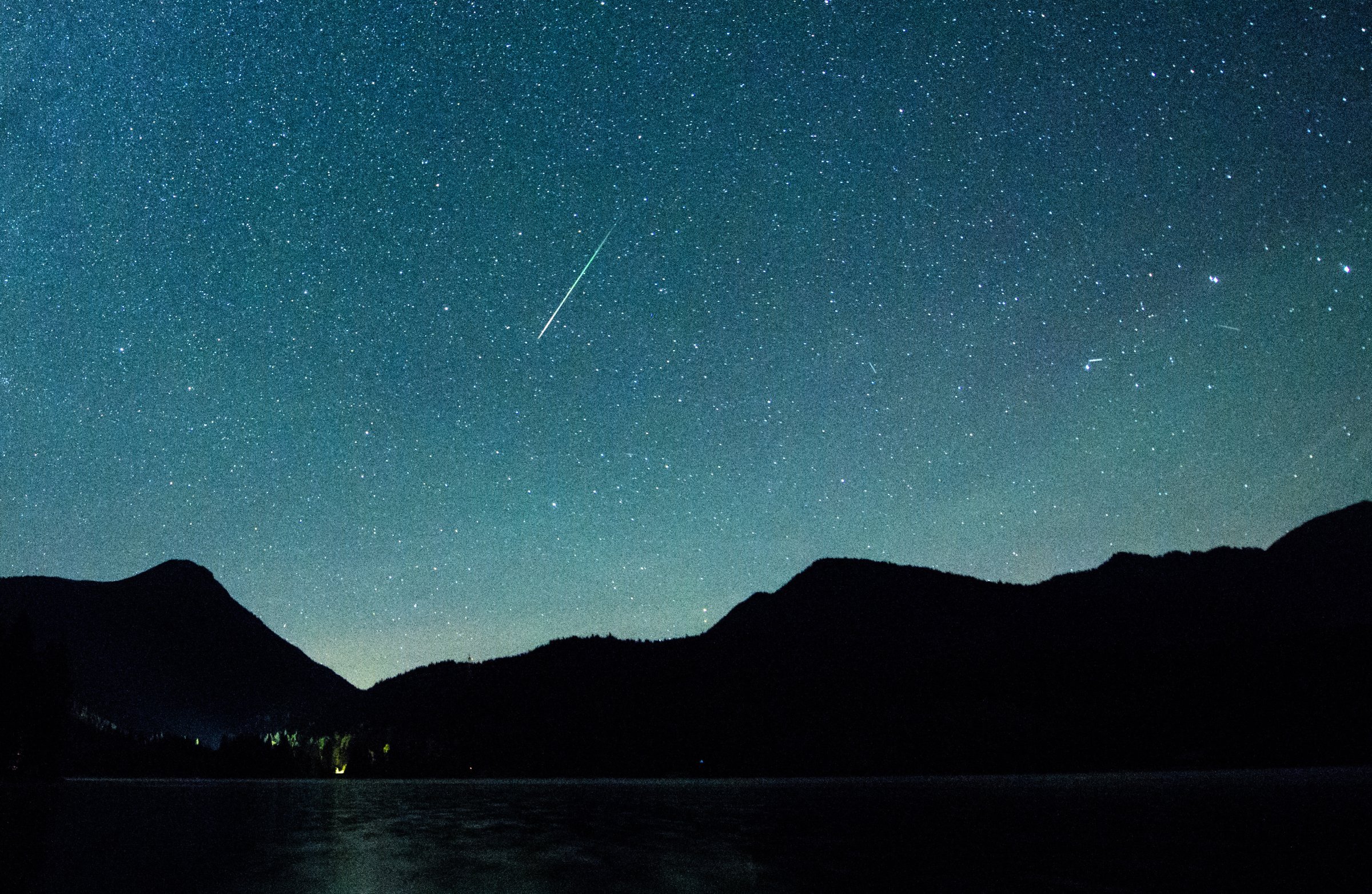
The peak of the Eta Aquariid meteor shower will coincide with a new moon this weekend, meaning the conditions will be ideal to view the annual flurry of burning space debris. Here is what you need to know to catch a glimpse.
What is a meteor shower?
A meteor shower occurs when the Earth passes through a cloud of space debris, often left behind by a comet. When the debris vaporizes in the Earth’s atmosphere, it results in streaks of light across the sky. From earth’s perspective, a meteor shower will always appear to originate from a specific point in the sky, known as the radiant, and showers are named after the constellations their radiant is closest to.
Meteor showers will typically last for several weeks, with a peak in frequency that lasts a couple of days. The Perseid meteor shower that occurs every August is the most well-known and popular, as it produces the greatest number of meteors and is often the brightest, according to NASA. However, there are plenty of other annual meteor showers throughout the year that can be just as much of a spectacle, if conditions are just right.
What is the Eta Aquariid meteor shower?
The Eta Aquariid shower occurs every year between April and May, and typically peaks within the first week of the latter month. Its radiant is located near the constellation aquarius, which gives it the name Eta Aquariids. While not the most well-known meteor shower, the Eta Aquariids is made up of debris left behind by Halley’s comet, a far more famous astronomical phenomenon.
For the casual stargazer in the U.S., there is a reason why the Eta Aquariids are not as popular. Due to the location of the radiant, those residing in the Southern Hemisphere get a better show at peak evenings, with up to 60 meteors per hour, whereas viewers in the north will likely only see up to 20 per hour.
That being said, just because the Eta Aquariid is not the most abundant meteor shower, doesn’t mean it isn’t worth making plans to see it. Since the shower’s peak is coinciding with a new moon this year, it will be much more of a worthwhile astronomical event. In fact, since the peak of this year’s Perseid meteor shower is set to be washed out by bright moonlight, the Eta Aquariids will likely be the better show. Darker skies mean brighter and more visible showers.
When can I see the Eta Aquariid meteor shower?
The Eta Aquariids will peak this weekend from Saturday night and into Sunday morning, May 5. With all meteor showers, the best time to view them is after midnight during the hours before dawn when the sky is darkest. For those watching in the U.S., weather will be the largest inhibiting factor for viewing conditions. According to the National Weather Service, those in the Pacific Northwest, the Rockies and along much of the Mississippi river can expect clearer skies.
Unfortunately for those across the eastern U.S., spring storms could obstruct stargazing for the evening. Even without the light of the moon, it can be difficult to view meteor showers in places with high levels of light pollution, so if you are set on seeing the Aquariids streak across the sky, try to make plans to get out of the city. Go here for a list of dark sky parks in the United States.
More Must-Reads from TIME
- L.A. Fires Show Reality of 1.5°C of Warming
- Home Losses From L.A. Fires Hasten ‘An Uninsurable Future’
- The Women Refusing to Participate in Trump’s Economy
- Bad Bunny On Heartbreak and New Album
- How to Dress Warmly for Cold Weather
- We’re Lucky to Have Been Alive in the Age of David Lynch
- The Motivational Trick That Makes You Exercise Harder
- Column: No One Won The War in Gaza
Write to Wilder Davies at [email protected]